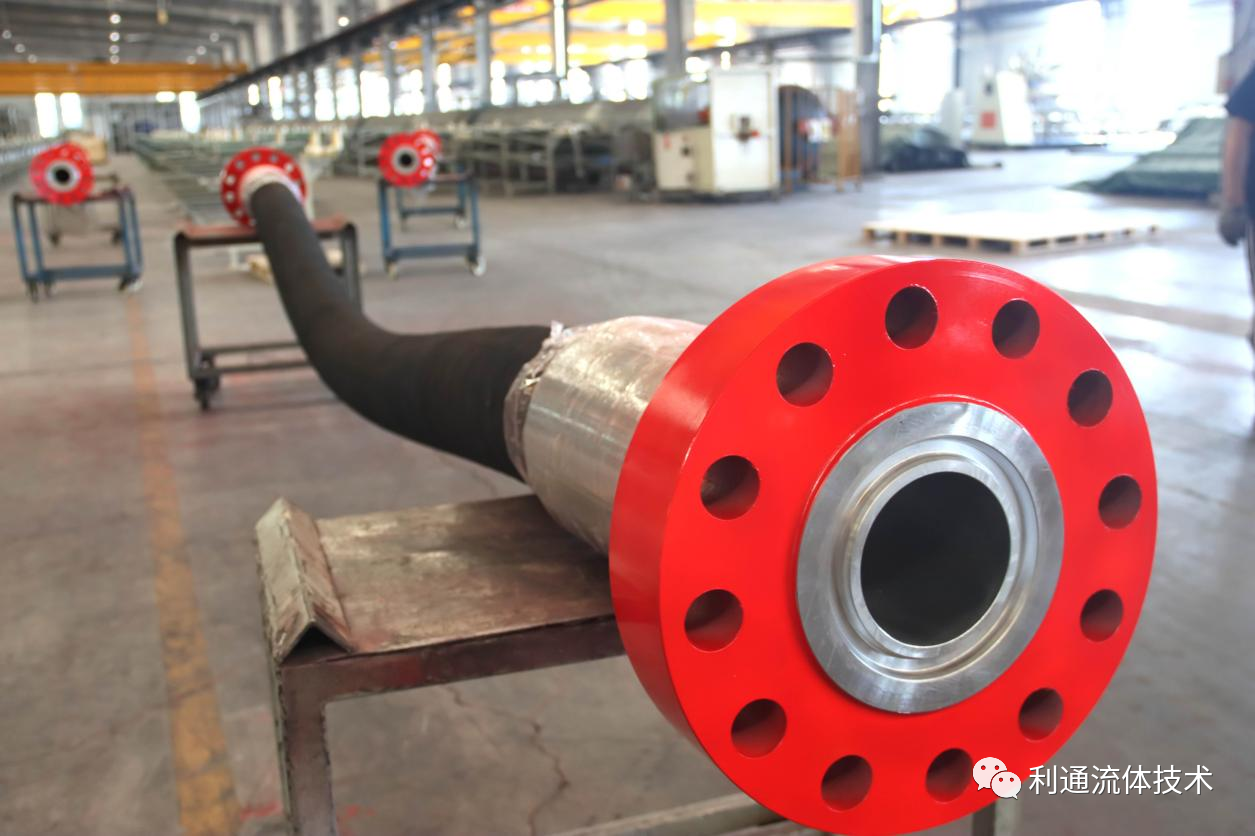Explore the excellent performance and wide application of drilling rubber hose
2024-11-27 14:06:58
In the field of oil and gas extraction, drilling rubber hose plays a vital role. These hoses not only provide necessary support for efficient extraction, but their performance directly affects the operating stability of the equipment and the safety of the entire operation process. In order to have a deeper understanding of the performance of drilling rubber hoses, this article will discuss its structure, material selection, application scenarios and maintenance in detail, and then reveal its key role in modern industry.
First of all, the basic structural design of drilling rubber hoses is the cornerstone of its performance. Usually, the hose consists of three parts: inner rubber, reinforcement layer and outer rubber. The function of the inner rubber is oil resistance and corrosion resistance. Commonly used materials are nitrile rubber (NBR) and chloroprene rubber (CR). Its good chemical resistance and wear resistance greatly extend the service life of the hose. In terms of the reinforcement layer, high-strength spiral steel wire or fiber braiding is usually used to enhance the pressure resistance and explosion resistance of the hose. The outer rubber must have excellent weather resistance and anti-aging properties to ensure that the hose can remain in the best condition for long-term use in harsh environments.
Next, material selection is directly related to the final performance of the hose. The continuous exploration of material science in modern industry has given drilling rubber hoses more options, and the right material combination can be selected according to the required performance. For example, thermoplastic polyurethane (TPU) not only has excellent wear resistance, but also has excellent elasticity and low temperature resistance, so it is becoming more and more popular in extreme climate conditions. In addition, the use of polytetrafluoroethylene (PTFE) lining provides higher chemical corrosion resistance, allowing the hose to better adapt to special working fluid environments.
In specific application scenarios, drilling rubber hoses are widely used in various projects such as oil drilling, offshore oil production, geothermal resource development, and deep well water injection. Different application scenarios have subtle and specific performance requirements for hoses. For example, in marine operating environments, hoses must have excellent resistance to salt spray corrosion and seawater pressure; in geothermal development, they are required to withstand high temperature and high pressure working conditions for a long time. This diverse demand has prompted manufacturers to continuously innovate and improve hose products to cope with various complex use environments.
It is worth noting that the installation and maintenance of drilling rubber hoses are also crucial. During the installation process, special attention should be paid to the fitting angle and hose length to avoid excessive stretching or bending to prevent affecting the transmission efficiency or even causing damage to the hose. Regular maintenance is an important means to ensure the long life of the hose, including daily inspection of the hose surface for cracks and bubbles, whether the connection parts are tight, and regular cleaning and replacement of seals. In addition, during the storage of the hose, it should be avoided from long-term exposure to direct sunlight and severe cold environments to avoid accelerating material aging.
At the same time, future technological development trends also provide new directions for the advancement of drilling rubber hoses. The application of intelligent material technology, such as shape memory alloys or self-healing materials, enables the hose to automatically repair minor surface damage when accidentally damaged, greatly reducing downtime and improving equipment efficiency. In addition, the introduction of Internet of Things technology has also begun to quietly rise in hose products. Through built-in sensors, the hose usage status information can be monitored and transmitted in real time to ensure the safety and efficient operation of the equipment.
In summary, drilling rubber hoses have become an indispensable component of modern industry due to their excellent performance and wide range of application scenarios. In the ever-changing technology and uses, the hose industry will continue to innovate and progress. Looking into the future, by continuously optimizing material selection and manufacturing processes, improving installation and maintenance solutions, and supplemented by advanced technological innovations, drilling rubber hoses will play a key role in a wider range of fields and provide resource guarantees for the efficient and safe operation of various industrial equipment.